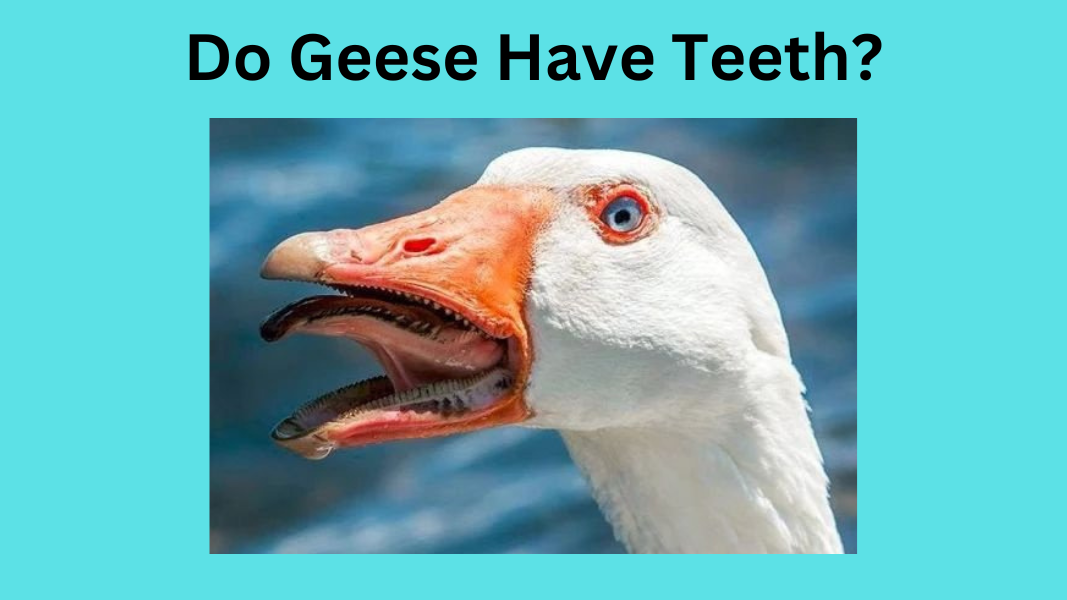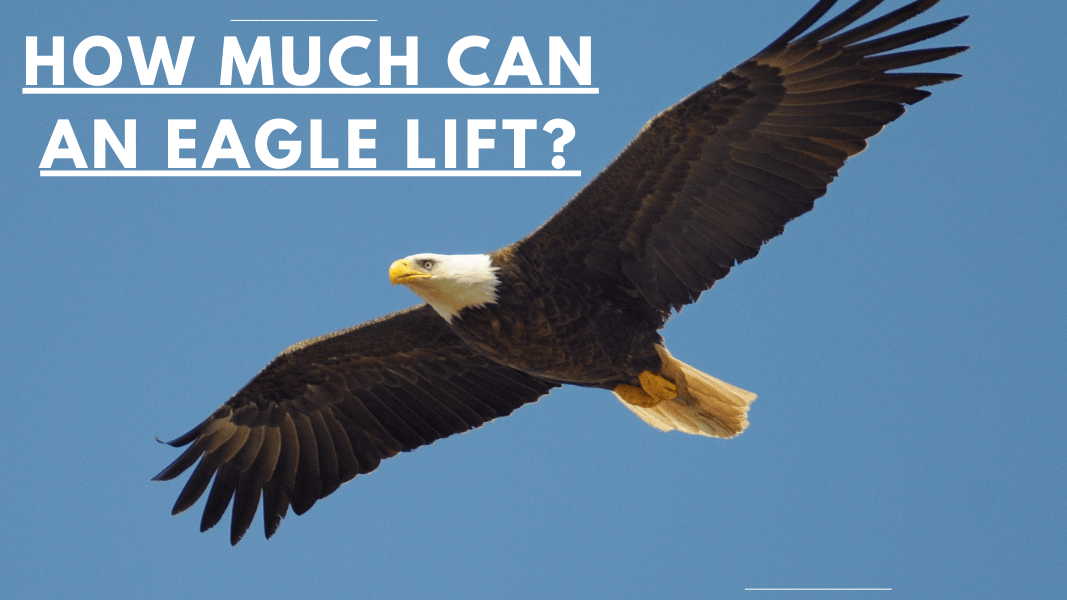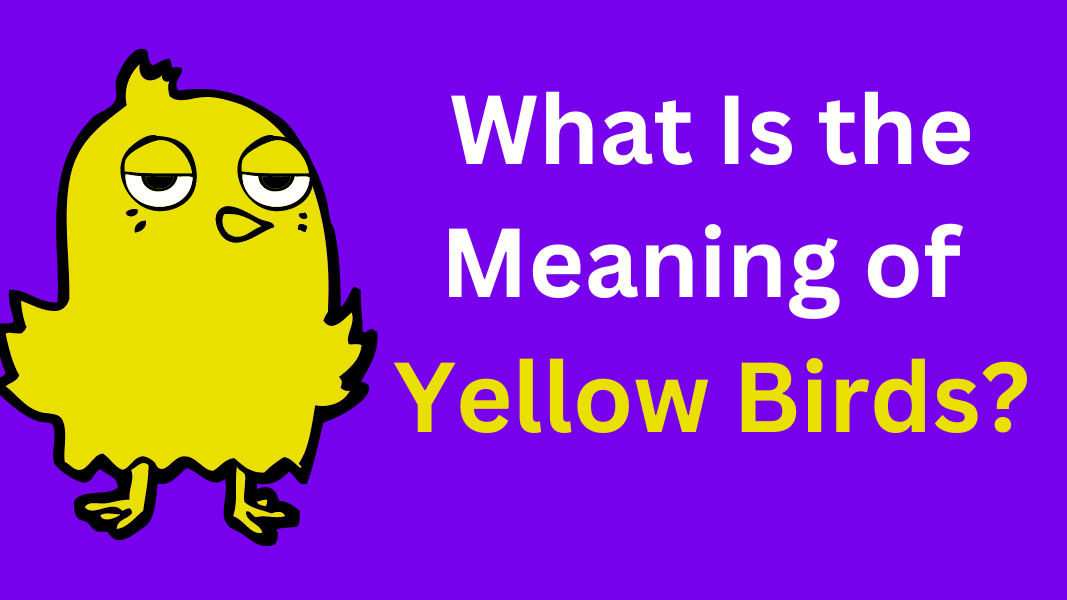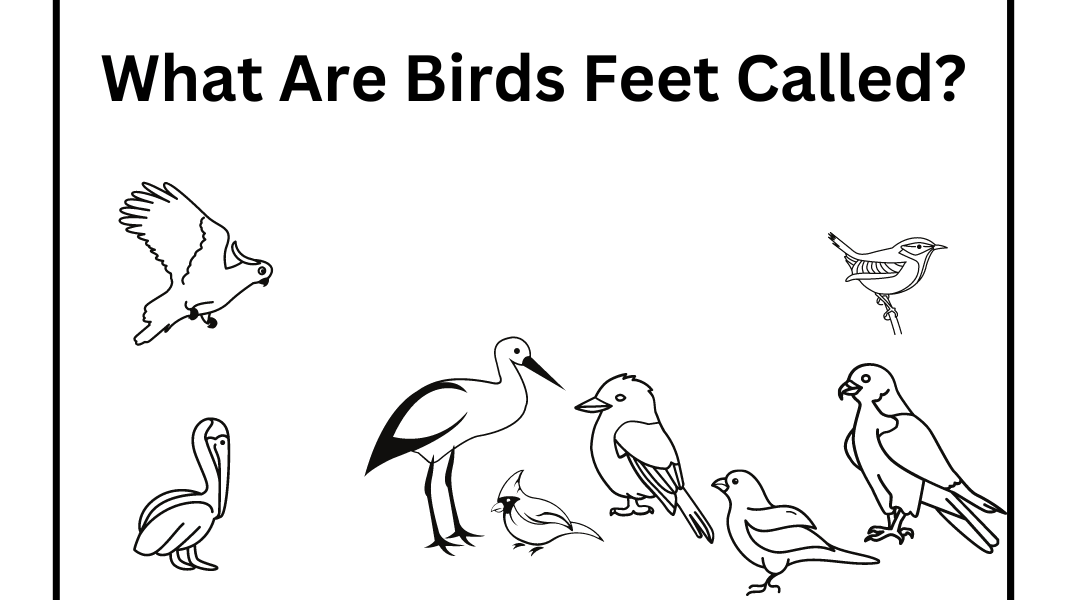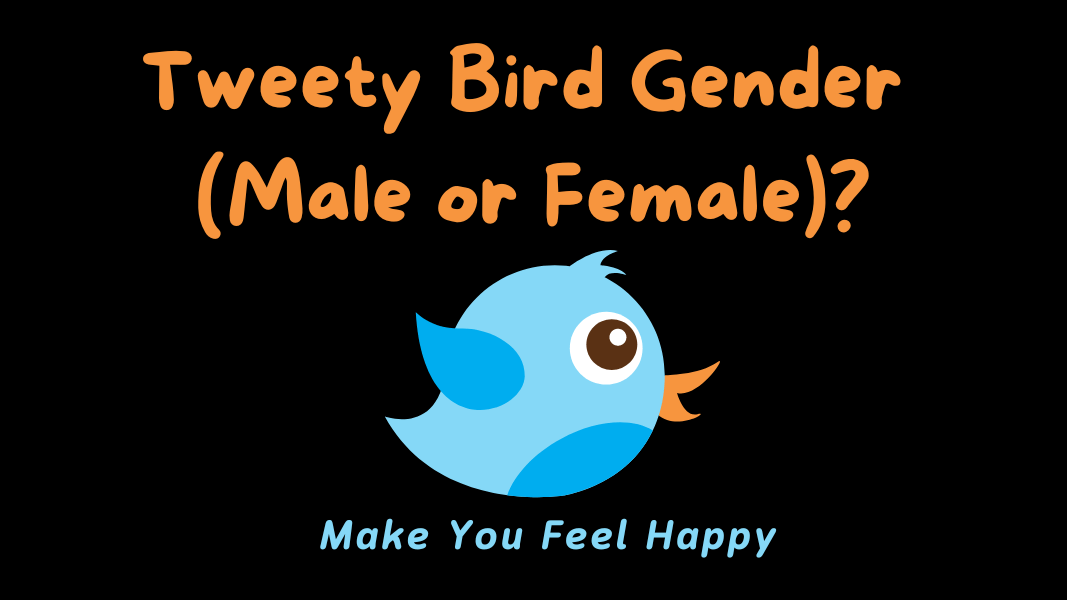For wildlife photographers and nature lovers, capturing the intricacies of animal behavior and anatomy can be both fascinating and challenging. One of the many questions that often come up when observing geese is: do geese have teeth? Well in this psot, we’ll dive into the truth about geese and their dental anatomy.
Do Geese Have Teeth?
The short answer is, no, geese do not have teeth by the technical definition. However, there’s more to this story that makes it worth exploring. In this article, we will delve deeper into the anatomy of geese, uncovering the unique adaptations that allow them to thrive without teeth.
The Anatomy of a Goose’s Bill
Like all birds, Geese belong to a class of animals known as Aves, characterized by their feathered bodies and lack of teeth. Instead of teeth, geese have evolved specialized structures that serve similar functions in their bills.
What Are Tomia?
Geese possess structures called tomia on the edges of their bills. These are serrated, tooth-like ridges made of keratin, the same material that makes up human fingernails and hair. Tomia helps geese grasp and break down their food, giving them a functional equivalent to teeth without actually being teeth.
- Tomia’s Function: These serrations act much like the teeth of a saw, enabling geese to tear through vegetation and capture small insects or fish. This adaptation is particularly useful for their omnivorous diet, which includes grasses, grains, and aquatic plants.
- Defense Mechanism: Tomia also serves a defensive purpose. Geese are known for their territorial behavior, especially during nesting season. When threatened, they can deliver a surprisingly painful bite using their tomia, deterring potential predators or intruders.
Do Geese Have Teeth on Their Tongues?
Although geese do not have teeth on their tongues, their tongues are equipped with structures that aid their feeding behavior. Similar to the tomia on their bills, the tongues of geese have serrated edges made of keratin. These serrations help grasp and manipulate food as they feed.
Serrations on the Tongue
The serrations on a goose’s tongue serve multiple purposes:
- Manipulating Food: These tiny, comb-like structures help geese maneuver food inside their mouths, making it easier to break down and swallow.
- Filtering: The serrations also assist in filtering out debris and retaining edible parts, especially when geese are foraging in water or mud for aquatic plants and small invertebrates.
These adaptations collectively enable geese to feed on various foods in diverse environments efficiently, further emphasizing their unique anatomical features that compensate for the lack of true teeth.
Why Don’t Birds Have Teeth?
The absence of teeth in birds results from evolutionary pressures that favored lighter, more efficient feeding mechanisms. Teeth are heavy and require a robust jaw structure, which would be counterproductive for a creature designed for flight. Instead, birds have developed various adaptations to suit their dietary needs:
- Beak Diversity: Birds have a wide range of beak shapes and sizes, each adapted to their specific feeding habits. For example, a hummingbird’s long, slender beak is perfect for sipping nectar, while a hawk’s strong, hooked beak is ideal for tearing flesh.
- Gizzard: Birds, including geese, have a specialized stomach compartment called a gizzard. The gizzard contains small stones or grit that the bird swallows. These stones help grind food, compensating for the lack of teeth and aiding digestion.
Implications for Wildlife Photographers and Nature Lovers
Understanding the unique adaptations of geese can enhance your appreciation of these fascinating birds and improve your wildlife photography skills. Here are some tips and insights:
- Capturing Feeding Behavior: When photographing geese, observe their feeding behavior. Look for moments when they use their tomia to grasp and tear food. This can make for compelling and educational shots.
- Documenting Defensive Behavior: During nesting season, be cautious and respectful of a goose’s territory. However, if you can safely capture their defensive posturing and biting behavior, it can add an interesting dimension to your portfolio.
- Highlighting Anatomical Features: Close-up shots of a goose’s bill can showcase the intricate details of their tomia. Use a macro lens to highlight these features and educate your audience about their unique adaptations.
Does a Goose Bite Hurt?
A goose bite can indeed be surprisingly painful. While geese do not have actual teeth, their tomia and the serrated edges on their tongues are adept at grabbing and tearing. When a goose bites, it can deliver a sharp, pinching pain due to the strength of its beak and the effectiveness of its tomia.
This is especially true during nesting season, when geese are more territorial and aggressive in protecting their nests. Their defensive bites are intended to ward off potential threats, and they can be quite effective at doing so. Wildlife photographers and nature enthusiasts need to maintain a respectful distance from geese, particularly during these periods, to avoid provoking an attack and experiencing the discomfort of a goose bite.
Are Geese Safe to Touch?
While geese may appear approachable, especially in parks and areas where they are accustomed to human presence, touching them is generally unsafe. Geese can be unpredictable and may perceive close human interaction as a threat, especially during nesting season when they are more protective of their nests and offspring.
Their strong beaks and tomia-equipped bills can deliver painful bites, and their wings can also be used defensively to strike at perceived threats. Furthermore, handling wild geese can expose humans to bacteria and parasites that the birds might carry. To ensure both your safety and the well-being of the geese, it’s best to observe these fascinating creatures from a respectful distance.
Conclusion
While geese do not have teeth, they possess remarkable adaptations that serve similar functions. Their tomia allow them to effectively feed and defend themselves, showcasing the incredible diversity of avian anatomy. By understanding these features, wildlife photographers and nature lovers can deepen their appreciation of geese and capture more engaging and informative images.
Next time you find yourself observing these fascinating birds, take a closer look at their impressive bill structures and consider the evolutionary marvels that have shaped them.

